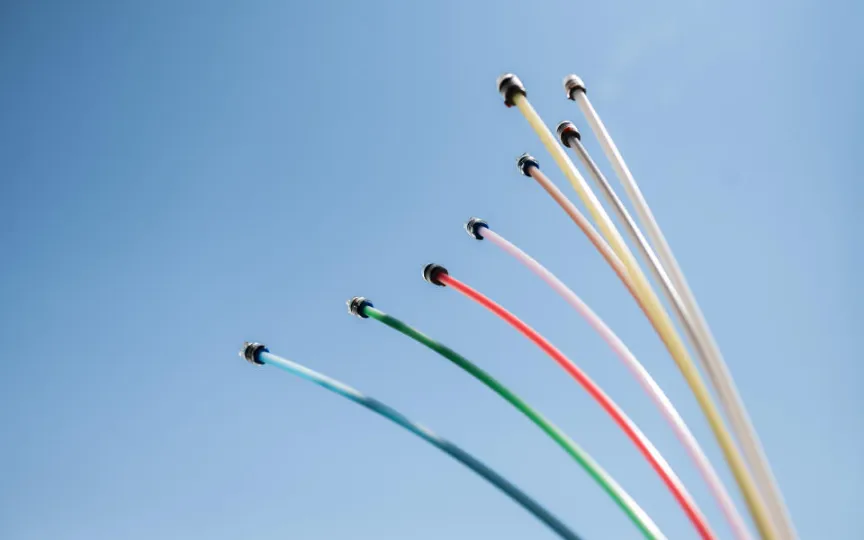ISPs are pushing to increase the cost of affordable broadband for low-income households
A recently launched government initiative aims to incentivize Internet service providers (ISPs) to provide discounted rates for customers with lower incomes by allocating federal funds through states. However, the main obstacle is that ISPs are reluctant to offer the suggested rates.
Ars Technica obtained a letter sent to US Commerce Secretary Gina Raimondo and signed by more than 30 broadband trade groups, including ACA Connects and the Fiber Broadband Association, as well as several statewide organizations. The letter raises “both alarm and a sense of urgency” about their ability to participate in the Broadband Equity, Access and Deployment (BEAD) program. The newly established BEAD program provides more than $42 billion in federal funds to “expand high-speed Internet access by funding planning, infrastructure, deployment and deployment programs” in states across the country, according to the National Telecommunications and Information Administration (NTIA).
The money first goes to the NTIA and then is distributed to the states after they receive approval from the NTIA to present an affordable broadband Internet option. The ISPs’ letter claims that the flat $30 monthly fee for high-speed Internet access is “completely independent of the economic realities of deploying and operating networks in the most expensive and hard-to-reach areas.”
The letter urges NTIA to review the low-cost service options that have been proposed or approved to date. 26 states have completed all phases of the BEAD program.
Americans pay an average of $89 per month for Internet access. New Jersey has the highest average bill at $126 per month, U.S. According to a study by News and World Report. According to a 2021 study by the Pew Research Center, 57 percent of households with annual incomes of $30,000 or less have broadband access.




